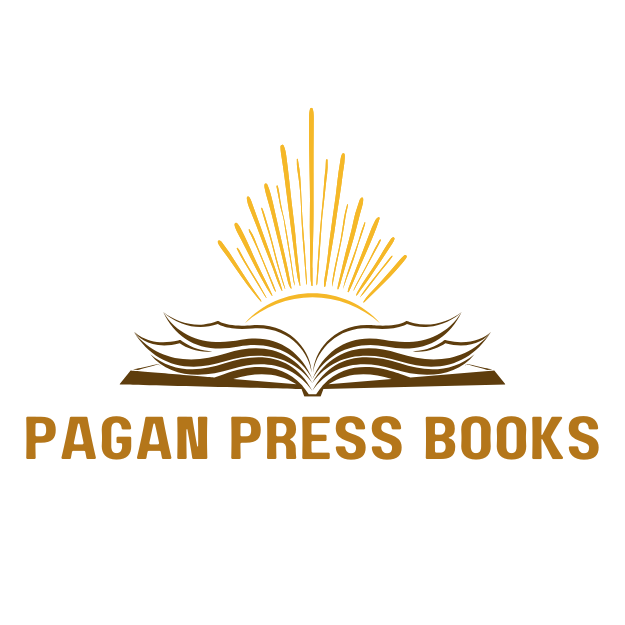Table of Contents
ToggleEver tried deciphering instructions from a new gadget? You know, the kind that seems to have been translated by an alien with questionable English skills? We’ve all been there. Technical writing aims to eliminate confusion, making complex information clear and accessible. In this text, we’ll jump into the nitty-gritty of technical writing, exploring its goals, purpose, and how it serves as the bridge between technical jargon and everyday understanding. Let’s get started.
Understanding Technical Writing
Technical writing is more than just crafting manuals or guides. It involves creating documents that explain technical concepts, processes, or products effectively. We often think of it as the art of conveying information precisely, ensuring that readers grasp complex ideas without the headache. Whether it’s a tutorial for a software application or a safety manual for machinery, technical writing plays a pivotal role in understanding and usability.
Purpose of Technical Writing
The primary goal of technical writing is to inform. We strive to provide clear and concise instructions that lead readers to take action or make decisions. Think about it: when we distribute guidelines on safety procedures or product usage, we aim to protect and equip our audience with the right knowledge. Beyond just sharing information, technical writing seeks to educate. We empower users, enhancing their experiences and instilling confidence in their ability to navigate technical landscapes.
Key Characteristics of Technical Writing
Characteristics define technical writing and set it apart from other writing styles. First, clarity is paramount. We want to strip away the fluff and focus on straightforward language. Next, precision is crucial: vague terms can lead readers astray. Technical writing also requires organization, guiding readers through information logically and coherently. Finally, consistency in terminology helps avoid confusion, enabling our audience to familiarize themselves with essential concepts easily.
The Role of Audience in Technical Writing
Understanding our audience is fundamental in technical writing. We don’t just write for the sake of writing: we tailor our documents to meet the specific needs of our readers. A manual intended for engineers will differ vastly from one for a layperson. By recognizing our audience’s background, knowledge, and expectations, we can adjust our tone, depth, and complexity of information accordingly, ensuring that our message resonates effectively.
What Is The Goal Of Technical Writing
Technical writing finds its application across various fields. We often see it in industries such as technology, healthcare, finance, and engineering. For instance, user manuals, online help guides, white papers, and training materials are all products of technical writing. Each document serves a unique purpose, contributing to the user experience by ensuring clarity and providing valuable insights.




